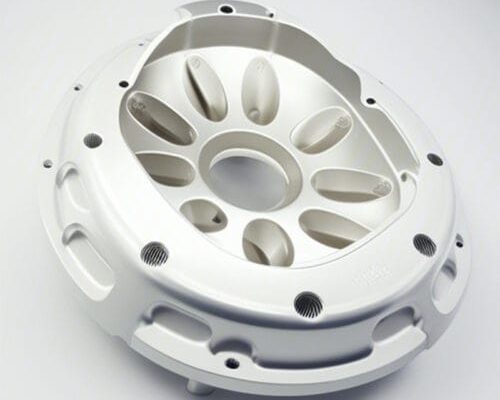CNC machining is a common precision machining method, especially suitable for processing non-ferrous metals such as aluminum parts. For customers, understanding how CNC machining pricing is calculated is critical to controlling costs and budgets. This article will explain in detail the various components and influencing factors of CNC machining pricing.
1. CNC machining material cost
Material cost is the primary factor in pricing. The market price fluctuations of aluminum parts will directly affect processing costs. In addition, physical properties such as material hardness and CNC machining performance will also affect processing difficulty and tool wear, thereby affecting costs.
.
2. Difficulty of CNC machining
The complexity of processing is one of the core factors affecting pricing. The design complexity, processing accuracy requirements, and tolerances of the parts will all affect the required processing time and thus the cost. For example, the cost of complex curved surface parts that require five-axis simultaneous processing will be significantly higher than that of ordinary two-dimensional plane processing parts.
.
3. Equipment depreciation and energy consumption
The purchase cost, maintenance cost and energy consumption of CNC machine tools during use are also factors that must be considered when calculating costs. High-end precision equipment costs more, but can provide higher accuracy and surface quality. This cost will be amortized on each machined part.
.
4. CNC machining labor cost
Labor costs such as the skill level of CNC operators, programming by programmers, and machining operations by operators are also part of the pricing. Skilled technical workers can improve processing efficiency, reduce scrap rates, and indirectly affect costs.
.
5. CNC machining batch size
The batch size of the order also affects the unit cost. High-volume production allows for higher machine utilization and lower unit costs. Conversely, low-volume production may result in higher unit costs because machine adjustment and setup costs are spread less over each part
.
6. Post-processing process
Processes after CNC machining, such as heat treatment, surface treatment (anodizing, sandblasting, etc.), quality inspection, etc., will also incur additional costs. Certain special treatments can significantly increase costs
.
7. Shipping and packaging
The transportation costs of transporting the finished product to the customer’s designated location, as well as the necessary packaging costs, are also part of the cost. This cost is especially significant for large or heavy parts
.
8. Administrative expenses
Management expenses include factory rent, office staff wages, administrative expenses, etc. These indirect costs will also be allocated to each processed part in a certain proportion.
CNC machining pricing is a process that comprehensively considers multiple factors such as materials, processes, equipment, labor, batch size, post-processing, transportation and management. Understanding these pricing factors can help customers and manufacturers communicate effectively and reach reasonable price agreements. For CNC machining of aluminum parts, costs can be effectively controlled while ensuring product quality by optimizing design, selecting appropriate materials, rationally arranging production batches, and cooperating with experienced CNC machining service providers.

